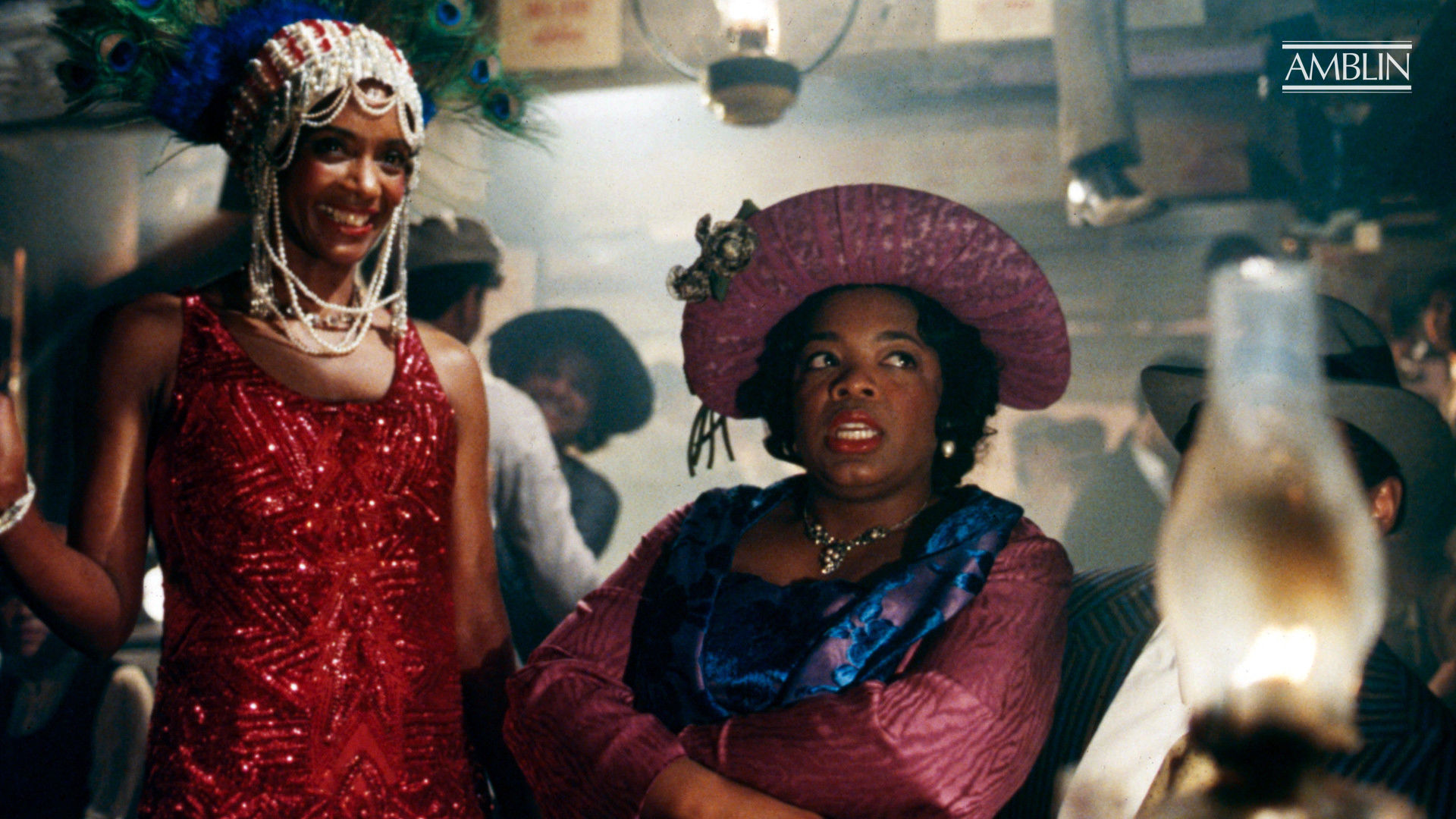The Color Purple Comes to Life: The First Movie Adaptation Reviewed

Introduction
"The Color Purple", a profound and influential novel by Alice Walker, has captivated readers since its publication in 1982. This Pulitzer Prize-winning work delves into the lives of African American women in the early 20th-century South, exploring themes of racism, sexism, and personal empowerment. When it was adapted into a film in 1985, directed by Steven Spielberg, it marked a significant moment in cinematic history. This article reviews and analyzes the first movie adaptation, examining how it brought Walker's narrative to the screen and its cultural significance.
| Quick Info: The Color Purple |
|---|
| Author: Alice Walker |
| Published: 1982 |
| Film Director: Steven Spielberg |
| Release Year (Film): 1985 |
| Awards: Pulitzer Prize (Novel), Academy Award Nominations (Film) |
Background of the Novel
Alice Walker, an esteemed novelist and feminist, crafted "The Color Purple" with a distinctive narrative style, using letters to convey the protagonist's emotional journey. The novel's themes include the struggles and resilience of Black women, the quest for self-identity, and the power of love and forgiveness. Upon its release, it sparked significant cultural and social discourse, challenging prevailing narratives about race and gender.
Transition from Page to Screen
Adapting such a powerful literary work to film was both a challenge and an opportunity. The process involved notable figures such as Quincy Jones, who produced the film, and Menno Meyjes, who wrote the screenplay. Capturing the novel’s emotional depth and complex themes required careful consideration. The filmmakers faced the challenge of maintaining fidelity to Walker's vision while making the story accessible to a wider audience.
Casting and Performances
The casting choices were pivotal to the film's authenticity and impact. Whoopi Goldberg, in her debut film performance, portrayed Celie, the protagonist, with remarkable depth and sensitivity. Oprah Winfrey and Danny Glover also delivered powerful performances as Sofia and Mister, respectively. The casting was instrumental in bringing authenticity to the film, with actors who could genuinely embody the struggles and triumphs of Walker's characters.
Cinematic Elements
Spielberg's direction, characterized by a keen sense of visual storytelling, played a crucial role in the film's success. The cinematography, led by Allen Daviau, vividly captured the rural Southern setting, enhancing the narrative’s emotional and thematic depth. Music, composed by Quincy Jones, further enriched the film, weaving a musical tapestry that underscored the story's emotional currents.
Narrative and Thematic Fidelity
One of the major tasks in adapting "The Color Purple" was preserving its narrative and thematic essence. The film generally adheres to the novel's structure, focusing on Celie's transformation from a voiceless victim to an empowered individual. Some thematic elements, such as the exploration of spirituality and sisterhood, are effectively translated, though certain subplots and character complexities are simplified or omitted.
Critical Reception and Cultural Impact
Upon release, the film garnered both critical acclaim and controversy. While praised for its performances and emotional depth, it faced criticism for perceived deviations from the novel and its portrayal of certain social issues. Despite mixed reviews, it received multiple Academy Award nominations and has had a lasting impact on both cinema and society, inspiring discussions on race, gender, and representation.
Conclusion
The movie adaptation of "The Color Purple" stands as a significant achievement in bringing a beloved literary work to screen. It successfully captures the essence of Walker's novel, though it does so with certain compromises. The film's contribution to cinema is notable, offering a platform for African American stories and voices. Its enduring relevance is a testament to its powerful narrative and the universal themes it explores.
References
- Walker, Alice. "The Color Purple." Harcourt Brace Jovanovich, 1982.
- "The Color Purple" (film). Directed by Steven Spielberg, Warner Bros., 1985.
- Critical essays and reviews from major publications discussing the film's impact and legacy.